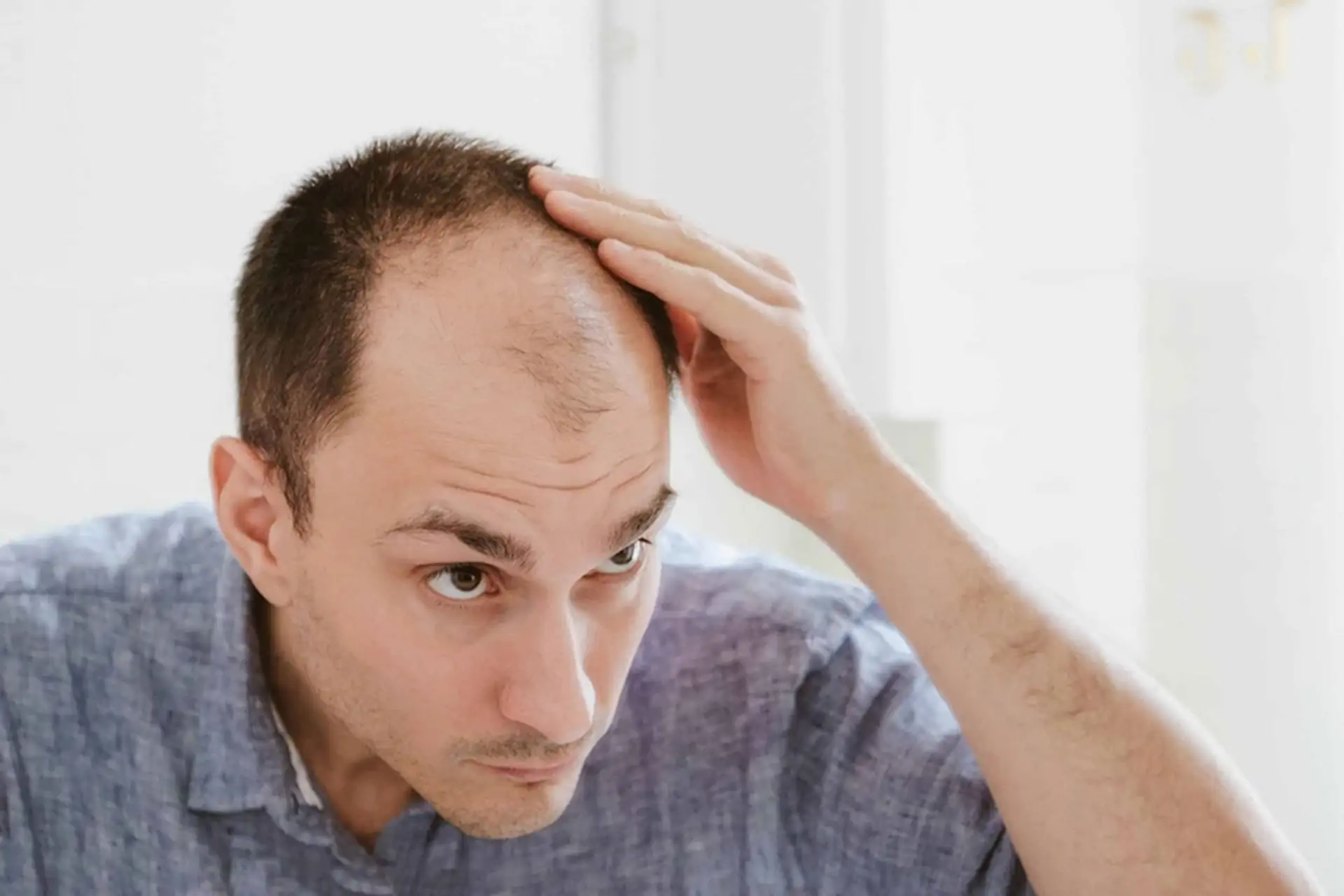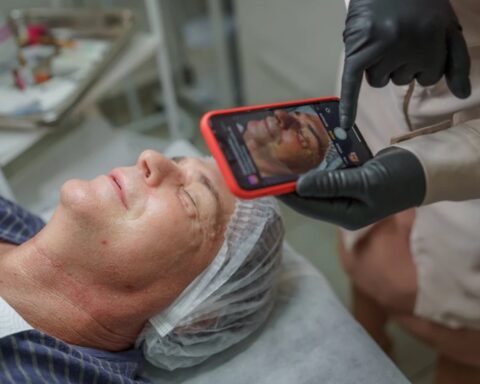Bristol, Mar 19 (The Conversation) Hair speaks volumes. The way we cut, style and colour often acts as a representation of who we are.
But hair is more than just aesthetic. It also has many important functions – preventing heat loss from the skin for instance, or (in the case of our eyebrows) stopping sweat dripping into the eyes.
Hair can be a reflection of what’s going on inside our body, too. Many diseases can alter the quality and appearance of our hair. Paying attention to the way it looks can give us clues to the state of our health.
The hair cycle
Some of the tiniest organs in our bodies are the follicles which produce and nourish hairs. Hair can only grow where follicles exist.
Hair growth is a complex process. Each tiny follicle goes through different cyclical stages. The first is the stage of active hair growth (the “anogen” phase), before growth is arrested (the “catagen” phase). This then progresses to the stage when the hair is lost or shed from the follicle (the “telogen” phase).
Many factors – from our genetics to our hormones to our age – can affect these follicles and their growth.
Excess hair growth
Hypertrichosis is a condition where hair grows in excess all over the body. In most cases, this is a reaction to starting a new medication, such as phenytoin, which is used to treat epilepsy. But it may also be caused by diseases, such as anorexia and HIV.
Some conditions also cause hair to grow in places where it shouldn’t. In newborn babies, tufts of hair near the base of the spine may indicate spina bifida occulta. This occurs when the lower vertebrae of the spine haven’t formed properly, leaving the delicate spinal cord covered only by skin.
The hows and whys of these conditions and their ability to trigger hypertrichosis remain poorly understood.
Hirsutism is another condition where hair grows excessively, but in a typically male pattern – on the face, lips, chest and arms. This is driven by androgen hormones, namely testosterone, which in high levels promotes hair growth in these regions. This may be observed in polycystic ovary syndrome.
Hair loss
Hair may also start to fall out in abnormal amounts, making it thinner or absent in certain body regions. The medical term for hair loss is alopecia and may either be localised or widespread. Causes of alopecia are manifold and include fungal infections, iron-deficiency anaemia, low thyroid hormone levels and use of medications (including chemotherapy).

Age, gender and genetics are also to blame. Male pattern baldness, occurs at the hairline and the crown of the head. It’s influenced by the hormone testosterone, which shortens the growth phase of hairs and makes them finer. Most men with male pattern baldness will begin to observe hair loss by the age of 20-25.
Female pattern baldness, on the other hand, usually affects the front hairline first and causes thinning rather than complete loss. The role of testosterone is more debatable in women, but a hormonal cause is implicated since thinning is more common around and after the menopause.
Hair loss may also arise as a result of hair pulling. Styling hair tightly can cause traction on the follicle and loss of hair integrity. Some people may also pull or pluck their hairs out of habit. This is called trichotillomania.
Treating hair problems
Helping hair to regrow could be as simple as treating the underlying condition causing it. Another treatment to consider is the medication minoxidil – the active ingredient of Rogaine. It was initially developed as a treatment for high blood pressure, but was observed to also promote hair growth. This may be through a direct effect on hair follicles, or by improving blood flow to the scalp. These uncertainties may explain why some patients see good improvement, and others not.
Hair transplants are also a possibility, relocating crops of hairs to bald patches. There are two ways of performing them – you can either relocate multiple small “punched-out” grafts, or a larger strip of skin. The grafts are taken from hairy skin on the patient’s own body – this is an example of an autograft.
Sometimes the presence of hair in visible areas is not desirable, and there are certain treatments available to stop excessive growth. Aside from traditional hair removal methods, the contraceptive pill and other medications that regulate hormonal influence on hair (such as finasteride), can be considered in cases where a hormonal condition is the cause (such as PCOS).
Test your own hair
In order to get a better sense of your hair’s health you can perform a simple test at home yourself, known as a hair pull.
Select a group of between 30-50 hairs (a small clump) and run your fingers from the base of the hairs at the scalp, up to the ends. You don’t need to pull hard – gentle traction is all that’s needed to dislodge a shedding hair. Look to see how many you’ve pulled out.
It’s normally only one or two hairs that will come out with one pull – but this can vary between people. Greater than ten hairs and your scalp is likely to be shedding more hairs than normal. This could be suggestive of alopecia – though having a dermatologist perform a more detailed inspection may help you know if your hair loss indicates a more serious problem.
Changes in your hair may not simply be a case of age or how you’ve been styling it. There are many patterns of hair growth and loss to be aware of. Take heed of any differences noticed by you, or your hairdresser.





